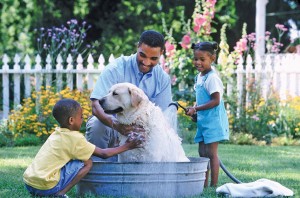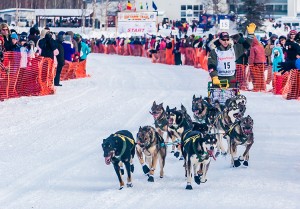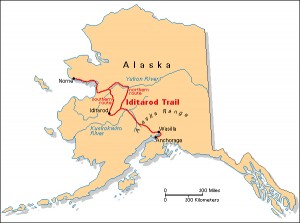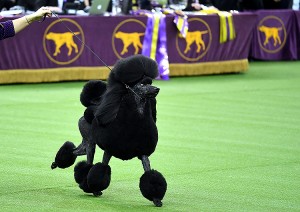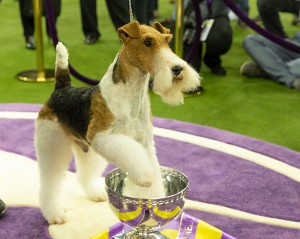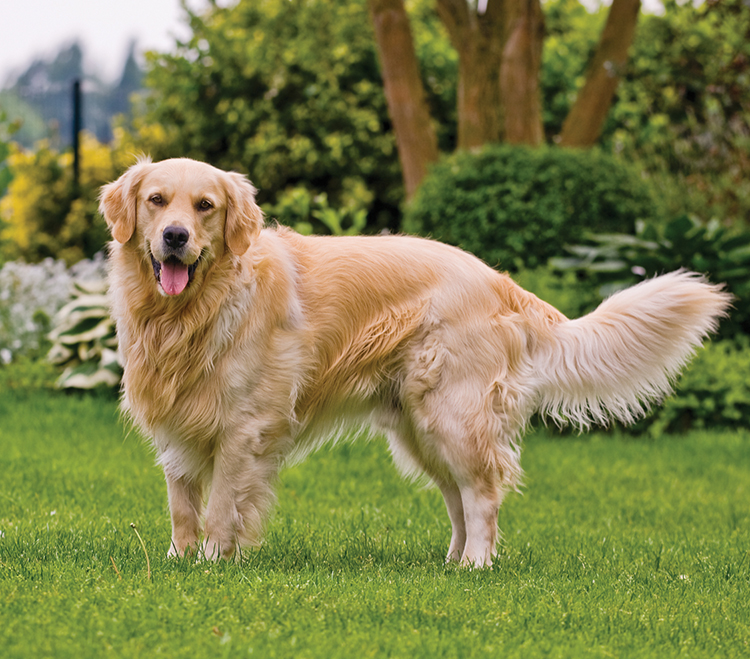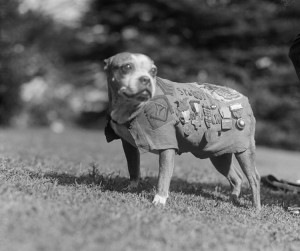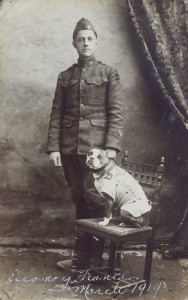National Rescue Dog Day
Friday, May 20th, 2022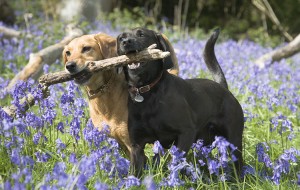
Dogs are playful animals that have lived with people as pets for more than 10,000 years, longer than any other animal.
Credit: © Jean Frooms, Shutterstock
Today, May 20, is National Rescue Dog Day! You probably know a rescue dog in your neighborhood. Dogs are considered rescue dogs when they are adopted from shelters, humane societies, or found in unfortunate situations. The American Society for the Prevention of Cruelty of Animals (ASPCA) reports over 3.3 million dogs enter shelters in the United States every year. They take in dogs of all sizes, breeds, ages, and colors.
Dogs have lived with people as pets for more than 14,000 years, longer than any other animal. During that time, breeders have developed about 400 dog breeds to perform various tasks, provide companionship, and please the human eye.
If you are looking to get a dog, you have many options. You can find a breeder and buy a purebred or designer dog. You can also adopt a dog from a shelter! The chief advantage of selecting a purebred pup is that you know how the dog will look when it is grown. Purebred dogs, however, suffer from many inherited diseases. For this reason, you should buy a purebred dog only from an experienced breeder with a good reputation. You should also find out as much as you can about the dog’s parents and their ancestors. A veterinarian may also recommend good breeders and help you choose a healthy dog. Be careful where you look for a puppy, because you might end up supporting a puppy mill. Puppy mills are breeding facilities that can cause suffering to dogs through overbreeding and neglect. Overbreeding and neglect are considered animal cruelty.
If you aren’t committed to a certain breed, you can find a companion in a mixed-breed dog. The best thing about mixed-breed dogs is that each one is unique. Mutts come in every size, shape, and color. However, it may be difficult to predict the adult size and appearance of a mixed-breed puppy. Humane societies and animal shelters have good selections of mixed-breed dogs. Adopting an adult or senior dog can save the dog’s life. You can offer the dog a safe and loving home for the rest of its years.
Rescue dogs have sometimes gone through traumatic situations and may take time and patience to calm down. National Rescue Dog Day was founded by Lisa Wiehebrink after she rescued her dog Cooper from a shelter in Los Angeles, California. Before he was adopted, Cooper was found in an abandoned lot. Under Wiehebrink’s care, Cooper became a loving, fun, and loyal pet. She decided more people should know how many rescue dogs need a caring home. It is estimated that more than 1 million rescue dogs are euthanized in the United States every year because shelters become overcrowded. You can save a dog’s life by heading to your local shelter to adopt a tail-wagging rescue dog!
If you want to help out a rescue dog today, check out your local animal shelter. You can volunteer, donate supplies such as dog food or dog beds, adopt a dog, or foster a dog. When you foster a dog, you take care of it in your home until someone adopts it, making sure the shelters have enough room to care for all the abandoned dogs in a safe, healthy, and loving manner. If you rescue a dog, you might end up asking yourself “Who rescued who?”

